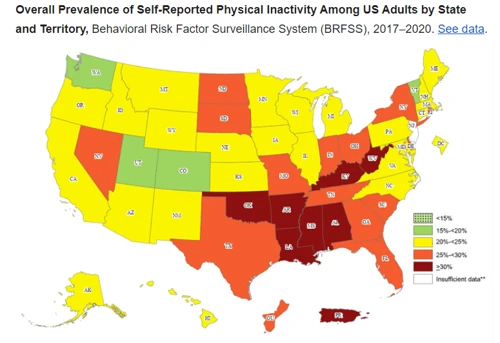Who We Are
Our Purpose
Board of Directors
Brian Biagioli, EdD
Cedric X. Bryant, PhD, FACSM
Francis Neric, MS, MBA
Brent Alvar, PhD, CSCS,*D, TSAC-F,*D, FNSCA
Brent Feland, M.S.P.T., PhD
Chad Buckendahl, PhD
Ben Thompson, PhD, FACSM, ACSM EP
Danielle Vitogiannes
Certifying Organizations
USREPS Credentials
Premier Partners
Allied Organizations
Contact USREPs





